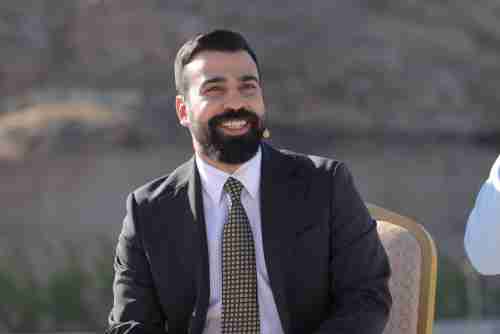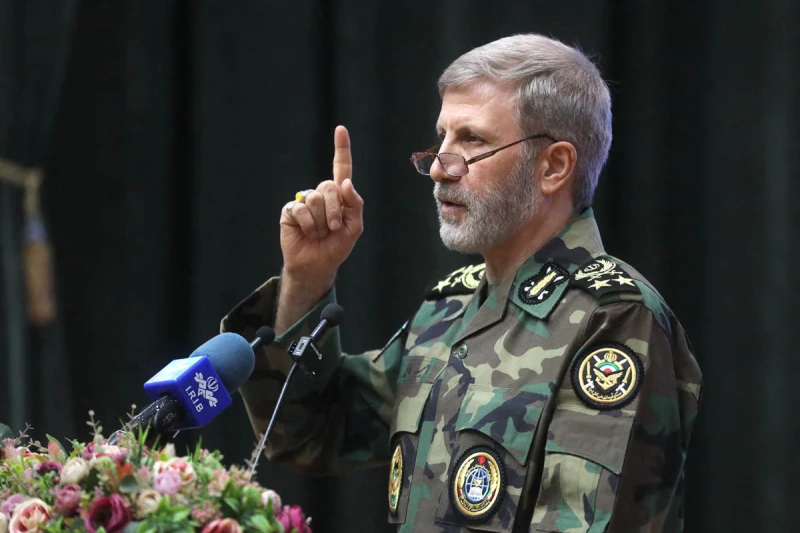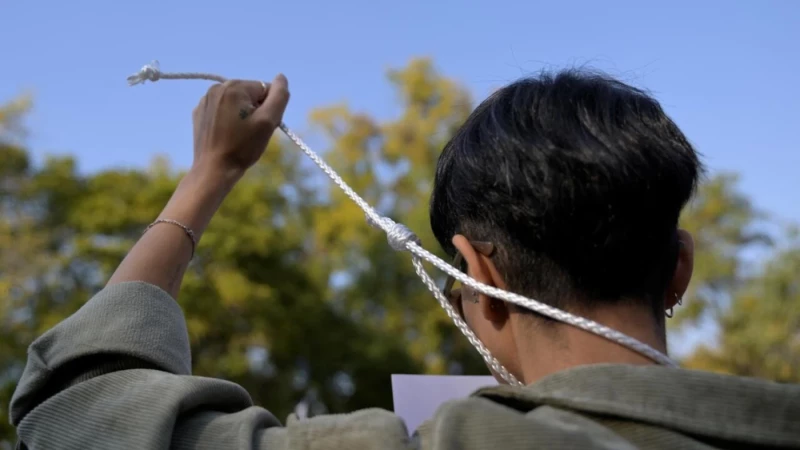The Iranian presidential elections were extended for a second round set to take place on July 5, with a reformist candidate leading in the first round of an election that recorded the lowest turnout since the Islamic Republic’s establishment.
The elections did not lead to the election of a new president as neither candidate was able to secure an absolute majority of votes.
Contrary to most predictions, reformist candidate Masoud Pezeshkian led the polls with nearly a million votes more than his conservative rival Saeed Jalili.
According to numbers published by Iranian state media, Pezeshkian led the polls with over 42.5 percent of the votes, while Jalili came second with 38.6 percent.
The elections saw a record low turnout with only 40 percent of 60 million eligible voters casting their ballots.
The run-off round of the elections is set to be held on July 5 now, where the candidate obtaining the most votes will become the new president of the country.
However, a win in the first round does not guarantee a run-off win for Pezeshkian. More opposition candidates have endorsed Jalili for the run-off round, including the country’s parliamentary speaker, Mohammed Bagher Ghalibaf, who received 3.38 million votes.
The only option left for Pezeshkian is increased participation from reformists during the run-off round, something he called for shortly after results were announced.
“I hope that the presence of people at the polling stations will be a new cry for a change in attitude, behavior, dialogue and distribution and allocation of resources,” Pezeshkian said.
Iran held early elections on Friday after a helicopter crash claimed the lives of former president Ebrahim Raisi and several Iranian officials.
These are the first presidential elections since thousands fell victim to the violence and aggression of Iranian security forces during widespread protests across the country in 2022, following the death of Kurdish woman Zhina (Mahsa) Amini in custody of the country’s morality police.



 Facebook
Facebook
 LinkedIn
LinkedIn
 Telegram
Telegram
 X
X


